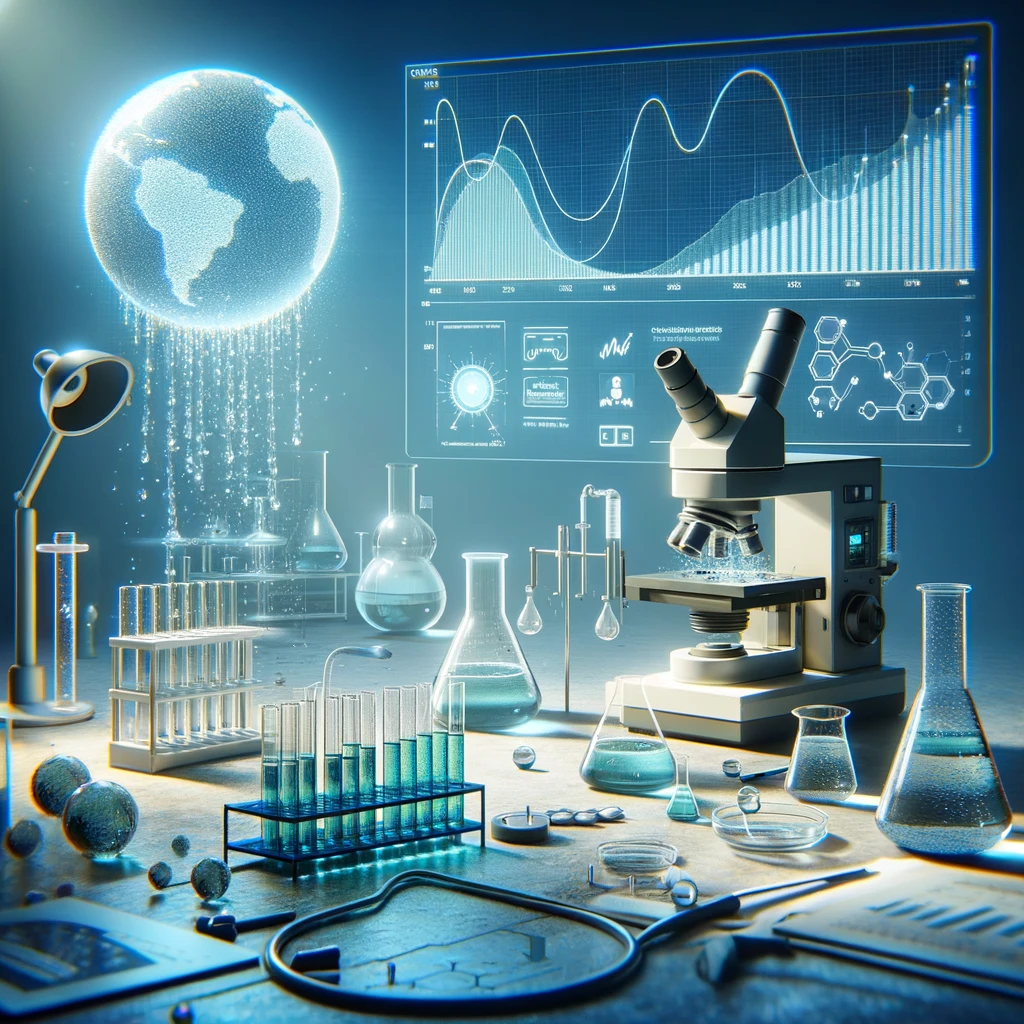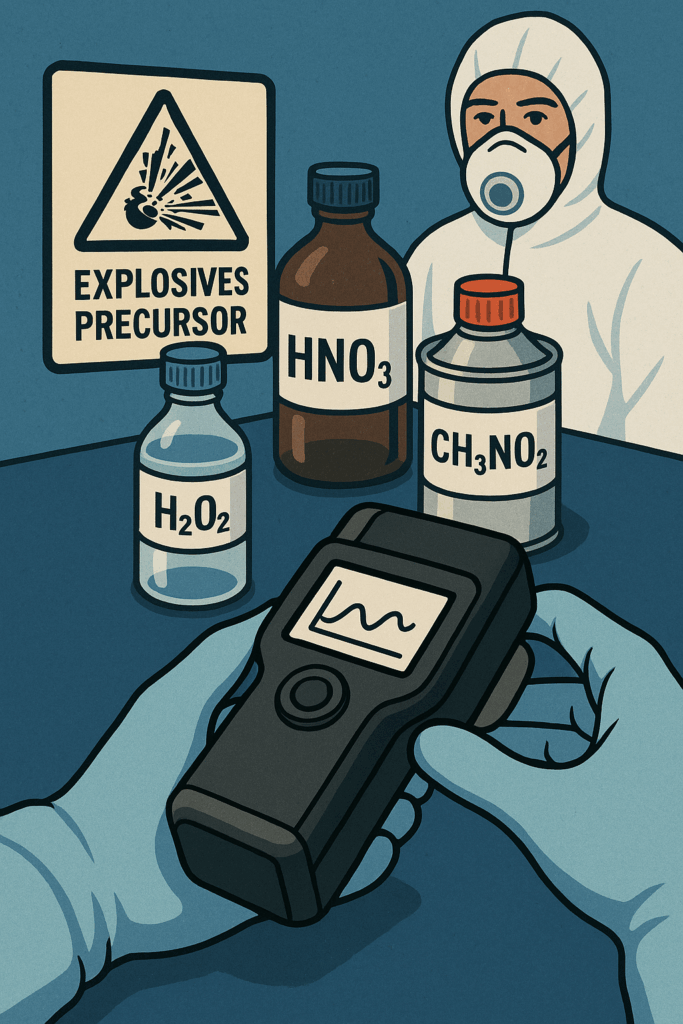
In today’s fast-paced world of scientific innovation, Near-Infrared (NIR) Spectroscopy has established itself as a vital tool across various sectors. This includes pharmaceuticals, food, and agriculture. Renowned for its precision and adaptability, NIR Spectroscopy has revolutionized the way we analyze material composition. Leading this wave of innovation is NIRLAB, equipped with its groundbreaking NIRlight handheld device. a key player in deciphering the complex chemical compositions of a multitude of substances. However, an intriguing aspect of this sophisticated analytical method is how Near Infrared Spectroscopy interacts with water. Hence, presenting unique challenges and constraints.
Understanding NIR Spectroscopy and Water’s Unique Role
Near IR Spectroscopy primarily focuses on capturing the overtones and combination bands of molecular vibrations, particularly in organic compounds. This innovative approach has transformed how different industries perceive and understand their material composition. Yet, water brings a unique twist to this narrative.
Known for its strong absorption in the mid-infrared region, water exhibits less sensitivity and specificity in the Near Infrared spectrum. This means that while NIR Spectroscopy is highly efficient for numerous organic compounds, it faces certain limitations when directly detecting and analyzing water. Near Infrared Spectroscopy’s ability to identify water content or moisture in various materials is significant. This is particularly crucial due to water’s substantial influence on the NIR spectra of these substances.
The Complex Interaction Between Water and NIR Spectroscopy
Water’s interaction with Near IR light is multifaceted. In the mid-infrared region, water absorbs strongly, resulting in broad absorption bands. However, these bands translate into weaker and less distinct overtones and combination bands in the NIR region. This complication makes direct water detection challenging.
Despite this, water’s impact on Near Infrared Spectroscopy goes beyond direct detection. The presence of water in a sample can significantly change the NIR spectra of other materials. For instance, in pharmaceutical products, the moisture content can modify the NIR spectrum, revealing vital information about product stability and quality. Similarly, water content in food products can provide insights into freshness, shelf life, and overall quality.
NIRLAB’s NIRlight: Addressing Water-Related Challenges

NIRLAB’s handheld device excels in tasks that involve examining water-related aspects. While direct water study may not be its primary strength, it shines in detecting water content or moisture in different materials. This ability is crucial in sectors where moisture levels significantly affect product quality and stability, such as in pharmaceuticals and the food industry.
In pharmaceuticals, the NIRlight ensures medication effectiveness and safety through accurate moisture analysis. Moreover, in agriculture, it aids in determining crop quality and yield based on water content. Last, in the food industry, it’s pivotal in maintaining product quality and safety.
NIRLAB’s handheld device, though not primarily designed for water analysis, is invaluable for detecting moisture content across various sectors.
Technological Solutions and Innovations
Despite water-related challenges in NIR spectroscopy, NIRLAB has been at the forefront of addressing these through technological innovations. By integrating advanced algorithms and machine learning, the NIRlight device has improved in sensitivity and specificity, even when dealing with complex matrices where water content is a key factor.
Conclusion
To sum up, NIR Spectroscopy, particularly NIRLAB’s NIRlight, demonstrates a remarkable capacity in detecting and analyzing water content in various materials, despite intrinsic challenges in direct water analysis. This device has been a pivotal innovation in industries where moisture content is crucial. NIRLAB’s approach, integrating advanced technology and machine learning, has enabled NIRlight to transcend the limitations of traditional NIR Spectroscopy, establishing it as a potent tool in material analysis.
NIRLAB’s journey with NIR Spectroscopy, especially in water analysis, exemplifies the ongoing evolution and adaptation of scientific methods to meet diverse industrial demands. With a commitment to continual innovation, NIRLAB is paving the way for more sophisticated, precise, and efficient material analysis, broadening our understanding of materials, regardless of the challenges posed by water content.
As we look forward, NIRLAB’s commitment to innovation foreshadows further advancements in NIR Spectroscopy. The NIRlight device is more than just an instrument; it’s a symbol of scientific progress, guiding the way for future discoveries in material analysis. To discover more about spectroscopy and explore NIRLAB’s technology, we invite you to read our other informative articles, here or get in touch with us for personalized inquiries at at contact@nirlab.com.
NIRLAB // Just Truth


